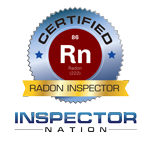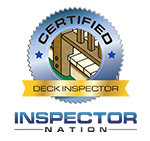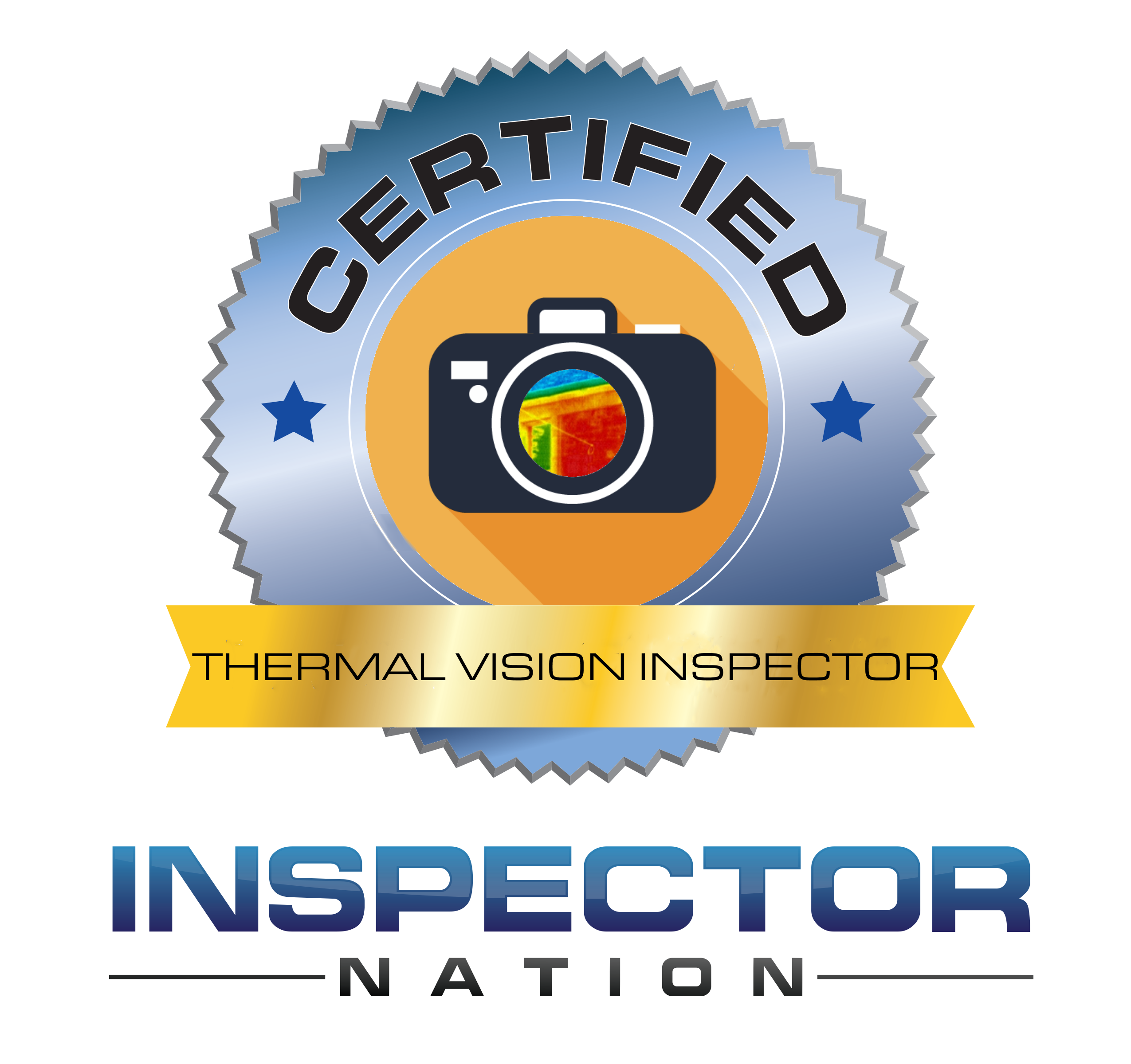Have you ever seen dark areas on your ceiling or walls that seem to outline the rafters, studs, or even the insulation? If you have, then you have experienced what many call “ghosting.” The photos below are examples of this.

The Causes of Ghosting:
These dark areas are caused by a build-up of dust or soot particles that are naturally attracted to certain areas of the ceilings and walls. These areas attract the dust and soot particles because of high indoor humidity and inadequate insulation or gaps in the insulation creating cold spots where condensation forms. The dust and soot is attracted to the condensation.
The Sources of Dust and Soot Particles:
Typically dust and soot particles are derived from dust and dirt from shoes, clothes, and pets, the soot comes from wood stoves and fireplaces, gas furnaces or gas logs that are not operating properly and are producing soot. Even smoke from using a gas range or burning candles can be sources of the stains.
My Job:
My job is to inspect the home’s insulation and ventilation in the unfinished spaces such as the attics. During the inspection I am looking for functionality of the installed systems, and asking myself, “Is the insulation in the attic functioning as it should? Is the attic ventilation functioning as it should? Are the ventilating systems inside the home functioning as they should?
"Ghosting" is one sign that tells me to investigate further into the insulation and ventilation of the walls and ceiling and confirm the suspicion that the “ghosting” has initiated. One tool I use to help me with this is an infrared camera. These cameras measure Infrared (IR) light. The cameras can use IR light to obtain a heat signature of the photographed object. Differing heat signatures are displayed in the camera's viewfinder as a gradient color scheme, with hotter areas displayed as brighter colors, and cooler areas as darker colors. The photos below are heat signature images of the same areas seen in the photos above:
The shapes caught in the image appear to indicate that the dust and soot is collecting where insulation is missing or is wet. Normally, I would verify this by going into the attic. However, this home did not have an attic access. The IR camera exposed enough of these anomalies in the ceilings of this home that it warranted further investigation by a specialist.
My Job Also:
Looking for signs and evidence of defects in a home is part of my responsibility also. These signs and evidence help lead me to sources of problems. Another question “ghosting” raises is, “Where is the dust and soot coming from?” The first place I consider are the gas appliances in the home. In the case of this home, the soot was most likely coming from the gas logs. The soot build up on the gas logs below indicated the unit was not functioning as it should and needed to be serviced or repaired.
Once the logs have been serviced or repaired, and the anomalies in the ceilings remedied, this home should see much less “ghosting” on the ceilings. Keeping gas and wood appliances functioning properly, keeping the humidity at an appropriate level in the home (55%), keeping filters and vent fans clean, and ensuring your home is adequately insulated and ventilated are all ways to prevent "ghosting."
Conclusion:
If you notice that your ceilings or walls are collecting dust or soot in the shapes and patterns of the rafters or insulation, know that it is time to evaluate your gas and wood appliances, your kitchen, bathrooms, and laundry ventilation systems, and your attic insulation and ventilation. If you would like help with this, it would be my pleasure to serve you. When you really want to know, contact Adam Duncan of Duncan Home Inspection Services, LLC.






 >
>